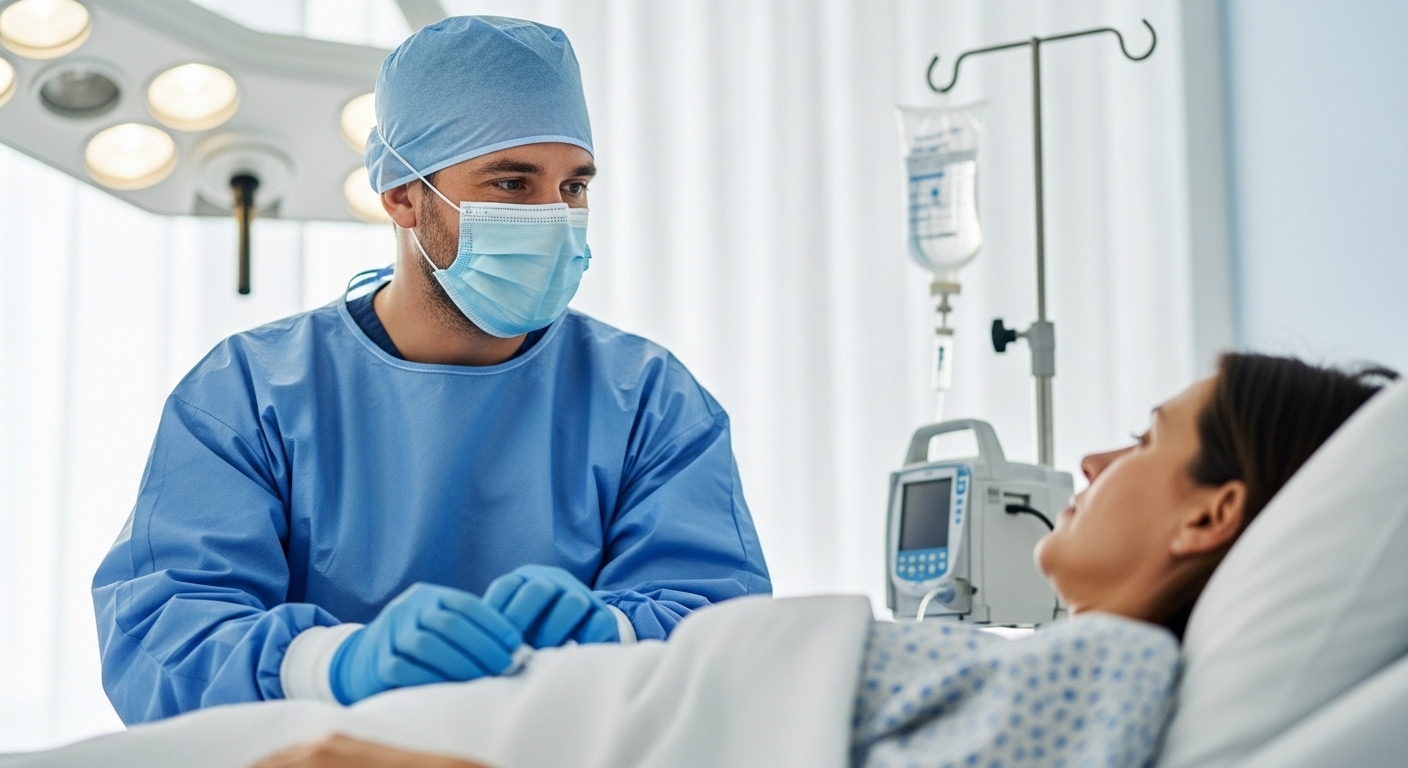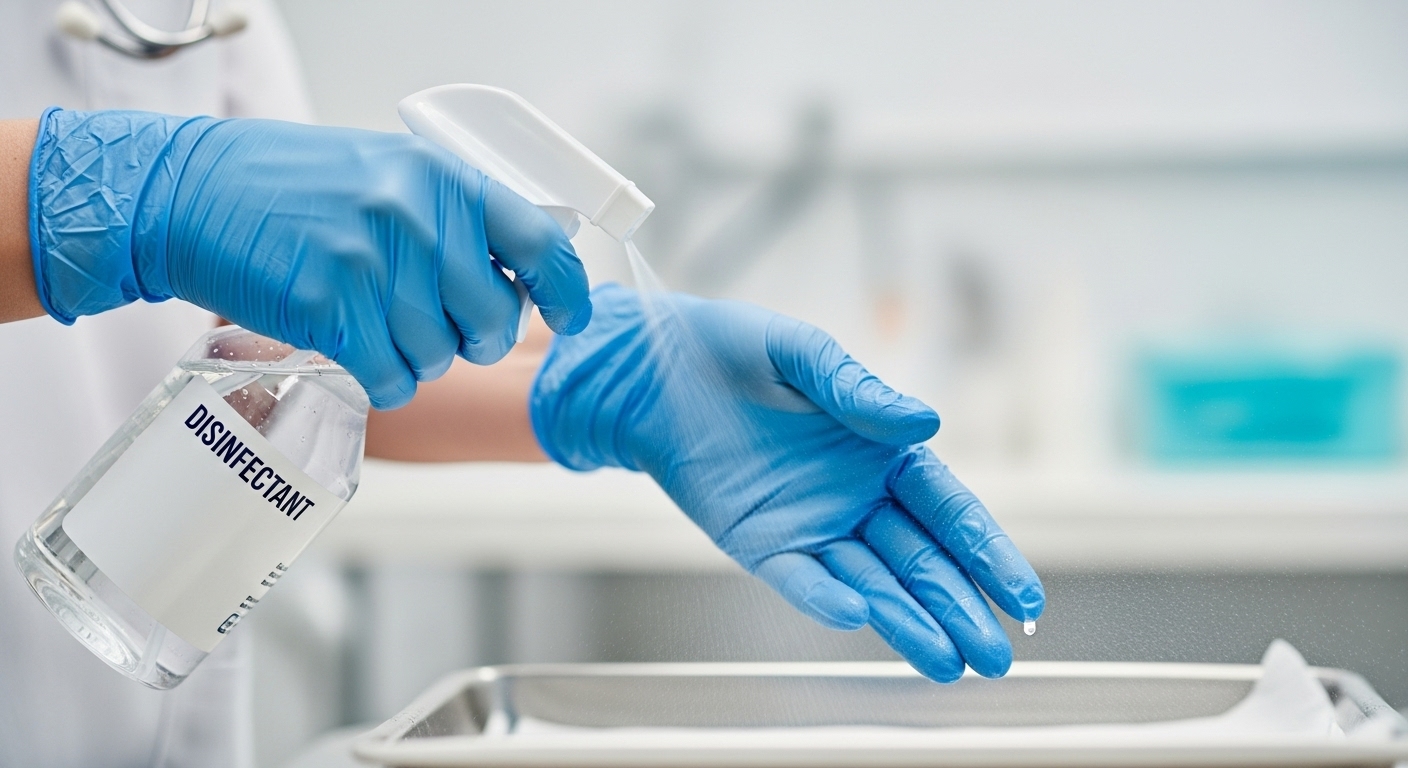Why is PPE So Important in Healthcare?
Nov 19th 2025
Many people ask why healthcare workers depend so much on PPE every day. The answer is simple because safety in healthcare needs strong protection. PPE gives that protection and keeps hospitals safe for everyone involved. The question “Why is PPE important in healthcare?” becomes clear when we see daily risks. Healthcare workers are exposed to germs, viruses, and harmful fluids every day. PPE decreases these dangers and helps to protect patients by providing safer treatment. The importance of personal protective equipment grows each year with rising safety needs. In the U.S., the healthcare PPE market crossed billions because of high demand. Increasingly more hospitals are investing in PPE as a rule to ensure safety all over the country. PPE protects staff members, patients and prevents infections in clinical environments. Every hospital depends on PPE because protection must stay strong during every situation.

The Dual Protection Role of PPE
PPE gives two layers of protection in healthcare for staff and for patients. This dual role shows the deep importance of PPE in healthcare across all departments. PPE creates barriers that stop germs from spreading between workers and patients. It also helps workers avoid contact with dangerous biohazards found in daily procedures. These safety measures identify why personal protective equipment is important in any medical facility.
Protecting the Healthcare Worker from Exposure
There is a daily exposure to healthcare teams to blood, body fluids, and infected air. These risks make strong PPE necessary because exposure can occur at any moment. Nitrile gloves protect hands during patient contact involving fluids and medicines. KN95 masks are used to protect workers against airborne viruses during high risk procedures. Earloop surgical masks are an addition to protection in daily patient care activities. Workers stay safer when they follow proper protocols for using these protective items. Research indicates that there are lower risks when workers use the PPE appropriately during any activities. Regular PPE use reduces work-related infections and health threats in employees in the long run. Key protective PPE items include:
- Nitrile gloves for safe handling during procedures and patient contact
- KN95 masks for respiratory protection in high-exposure environments
- Earloop masks for routine safety in low-risk patient interactions
- Gowns for barrier protection during surgeries and emergency cases
Protecting the Patient from Infection
Patients also require protection as they might have weak immune systems. PPE ensures that germs do not get access to the vulnerable patients when performing routine care activities. The use of gloves prevents the transmission of germs between patient rooms or surfaces. Gowns and masks safeguard patients against respiratory droplets when very close procedures are being administered. PPE works with hand hygiene to reduce the chances of infection in all areas. Disinfectant wipes go hand in hand with PPE by ensuring that the surfaces stay clean and free from bacteria. These superficial controls can prevent cross-contamination of workers following common nursing procedures. Effective PPE protocols protect the patient against infections caused by human contact. Key patient-related obstacles are:
- Gloves for preventing bacterial transfer between surfaces and patients
- Masks for blocking respiratory droplets during close interactions
- Gowns for shielding clothing during patient procedures
- Disinfectant wipes for keeping patient areas consistently clean
Breaking the Chain of Infection
PPE helps healthcare workers to disrupt the entire chain of infection. All these links of the chain may transmit germs if the protection is weak or inconsistent. PPE prevents the movement of germs between surfaces, staff and patients. Gloves block hand transfer, masks block droplets and gowns block splashes. Eye protection safeguards employees against harmful sprays that could take place unexpectedly. Good PPE practices reduce infection and nullify any connection in the chain of transmission. These stratified barriers provide safer conditions for everybody within the healthcare setting. When all staff use PPE correctly, infection risks drop significantly across all units.
PPE as a Requirement by Regulatory Bodies
Many agencies require PPE because they enforce safety for workers and patients. These rules strengthen the importance of personal protective equipment in every facility. OSHA guidelines demand proper protective gear for hazardous medical procedures. CDC standards support PPE use for preventing infections in clinical areas. Hospitals must provide approved PPE so their workers stay protected during care. Facilities must also train staff to use PPE properly and consistently. Non-adherence to PPE protocols generates hazardous conditions and increases hazardous circumstances very readily. Unsafe practices may also result in punishments and lawsuits due to poor compliance. These needs demonstrate why personal protective equipment is important in healthcare processes. Key reasons PPE is required include:
- Worker safety regulations across all medical departments
- Patient protection rules for infection prevention
- Compliance standards for safe medical environments
- Liability protection for healthcare facilities

Consequences of Improper PPE Use
Incorrect PPE use poses serious threats to patients and medical staff. Damaged gloves put workers at risk of coming into contact with harmful fluids during routine procedures. The reuse of disposable masks reduces protection and increases the risk of being infected rapidly. Skipping gowns during high-risk tasks exposes clothing to dangerous contaminants. Poor PPE habits allow germs to spread between patients and equipment surfaces. Hospitals face outbreaks when teams fail to follow PPE guidelines carefully. These outbreaks increase workloads, costs, and stress on healthcare workers. The Joint Commission reports serious risks linked to improper PPE practices. This highlights the continuing importance of PPE in healthcare operations. Strong education on PPE helps reduce preventable infections in medical facilities.
Conclusion
PPE is essential because it protects workers and patients during every procedure. These protective tools reduce infections and support safer environments for all healthcare teams. PPE also helps hospitals follow safety standards while minimizing workplace hazards daily. Proper use, careful selection, and correct disposal remain central to strong infection control. PPE forms the foundation for safe care and supports reliable treatment outcomes everywhere.
Use safe PPE for better protection in every healthcare environment starting today. Explore trusted options and choose strong protective gear that supports long-term safety.

